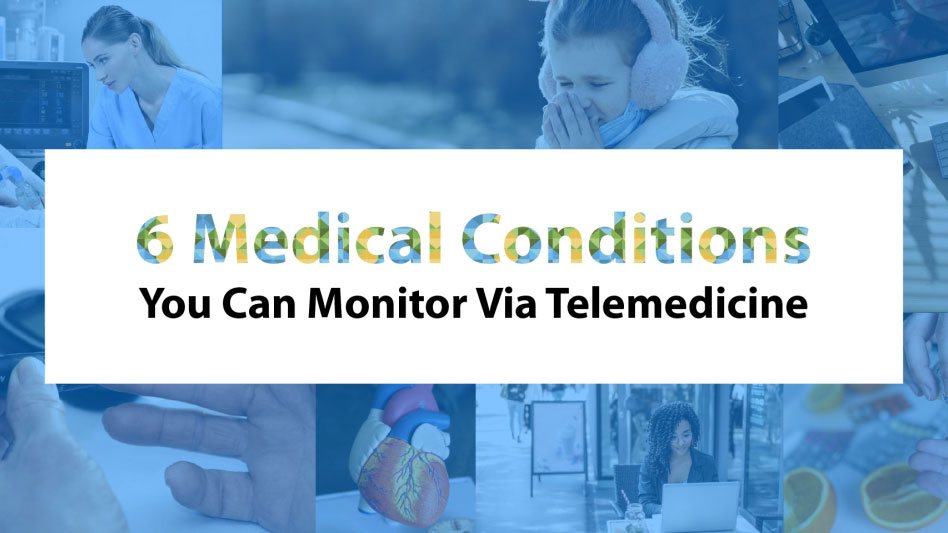
- By: Editorial team
- Date: Aug 7, 2020
- Tag: best 10, COVID-19, Long Term Care, News
6 Medical Conditions You Can Monitor Via Telemedicine
Telemedicine is a welcome development to the world of healthcare. Although it’s been around for several decades, in recent years, telemedicine has seen significant development and change.
From video calling technology to high-def cameras, additional hardware, telemedicine apps that allow for greater data logging, and increasing familiarity with technology have led to improvement. One of these improvements includes the ability to manage health conditions without having to visit a doctor physically.
Some of the health conditions that can be treated via telemedicine quite efficiently include:

1. Several mental health issues
Mental health issues are heavily stigmatized and scrutinized health concerns. With people struggling to find acceptance and accessibility to counselors, psychotherapists, and psychiatrists, virtual care and sessions can go a long way.
Having online therapy sessions also reduces the likelihood of quitting, given that it reduces the need to visit your therapist’s clinic. Counselors can also schedule flexible office-hours and offer remote services to patients who might need additional support.
This also bridges the gap for patients who may avoid sessions or treatment due to commutes, privacy, or as a result of their mental health itself. The fewer barriers there are to accessibility, the better the response ought to be.

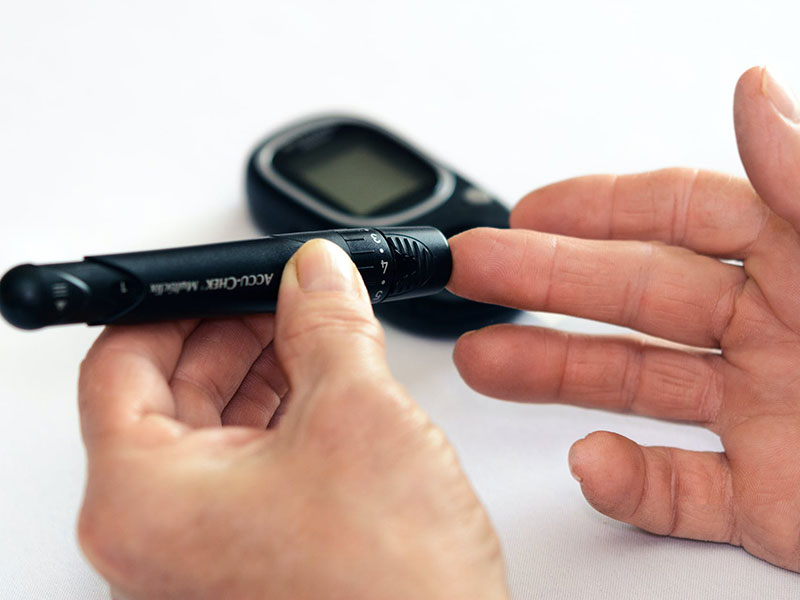
2. Several mental health issues
Wireless glucose monitoring, regular data updating, monitoring symptoms, and changes can help doctors keep track of their patients’ ranges and values. Since diet and exercise regimens are a crucial part of managing diabetes, you can also monitor dietary intake.
3. Hypertension
Blood pressure can also be monitored through sensory nodes and other devices; readings can be automatically or manually updated to the system, giving practitioners access to changes in data.
When it spikes, you will be able to intervene. This type of critical monitoring can be used for high-risk patients and those undergoing treatment.
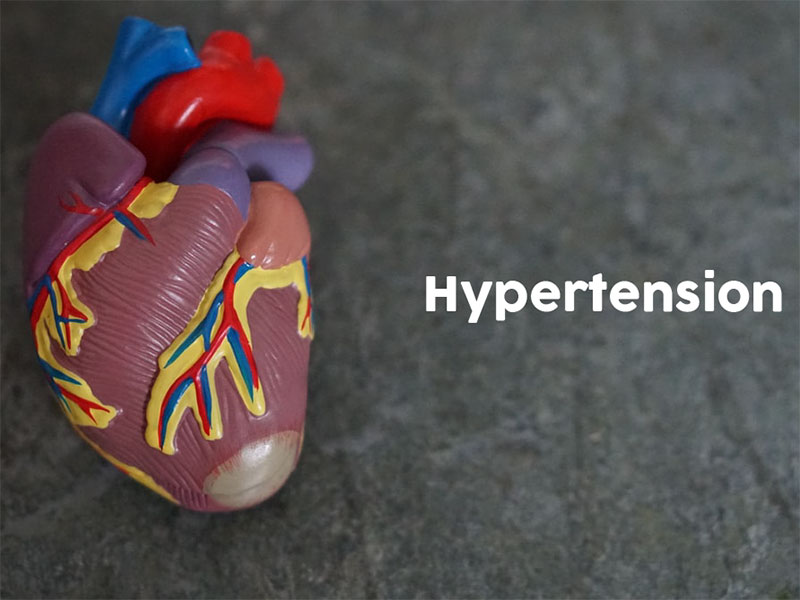

4.Common cold and cough
Do you know how you hate going to the doctor’s for every cough or sneeze? But you’re still miserable and need advice, especially to rule out something more serious, such as the coronavirus? Telemedicine is ideal for you and your doctor.
Not only does this allow you more room to rest, but it also keeps other patients safe from viruses and bacteria you might be carrying. If symptoms are intense or persistent, your doctor will be able to pick up on their severity.
5.Prescription refills and recommendations
It’s time-consuming and exhausting to make trips to the doctor’s office to get your prescriptions. Through telehealth mobile apps like CallingDr, you can request prescription refills, and your doctor can place an order or generate the prescription digitally.
This means you can run over to the pharmacy without needing to schedule an appointment or stop by the doctor’s first.
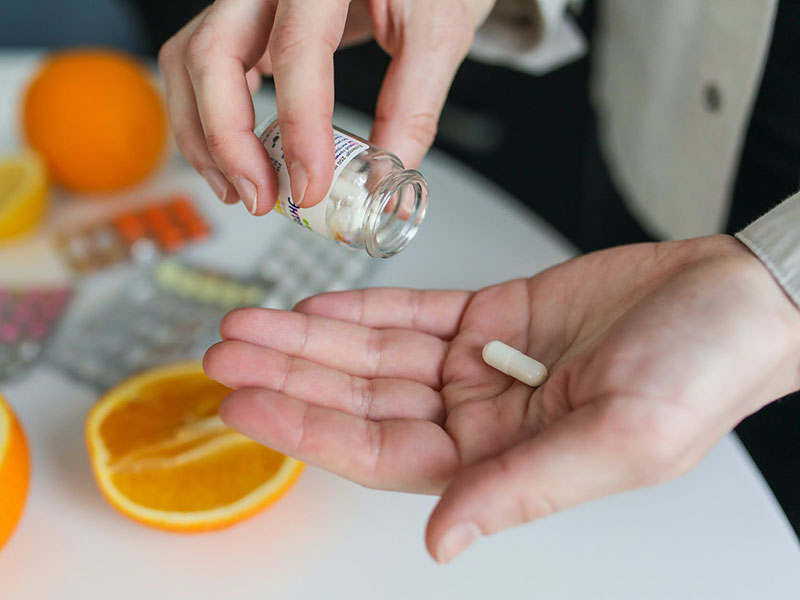
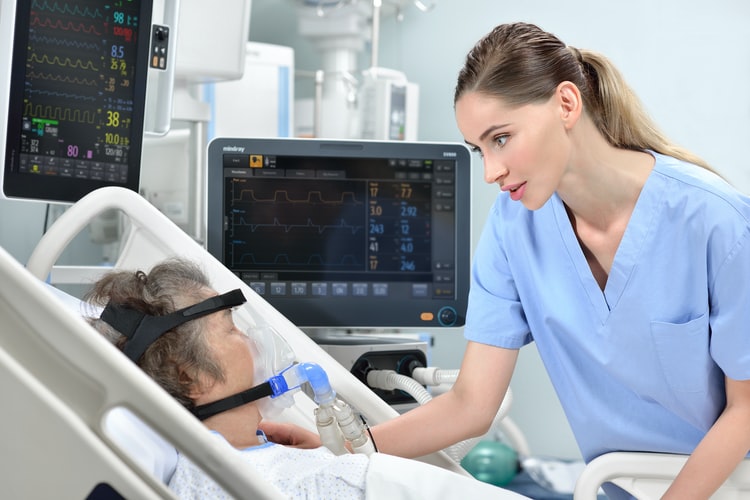
6. Post-op care and monitoring
For patients recovering after major and minor surgeries, post-op care plays a major role in their healing and progress.
One way to manage that is through telemedicine when upon returning home, caretakers and patients themselves can report their progress, issues, and more. Progress with mobility, physical therapy and much more can be tracked and carried out via virtual mediums too.
For healthcare providers, now is the perfect time to make the transition. If you’re looking to use a reliable, holistic, and user-friendly and HIPAA compliant telemedicine software, get in touch with CallingDr.
